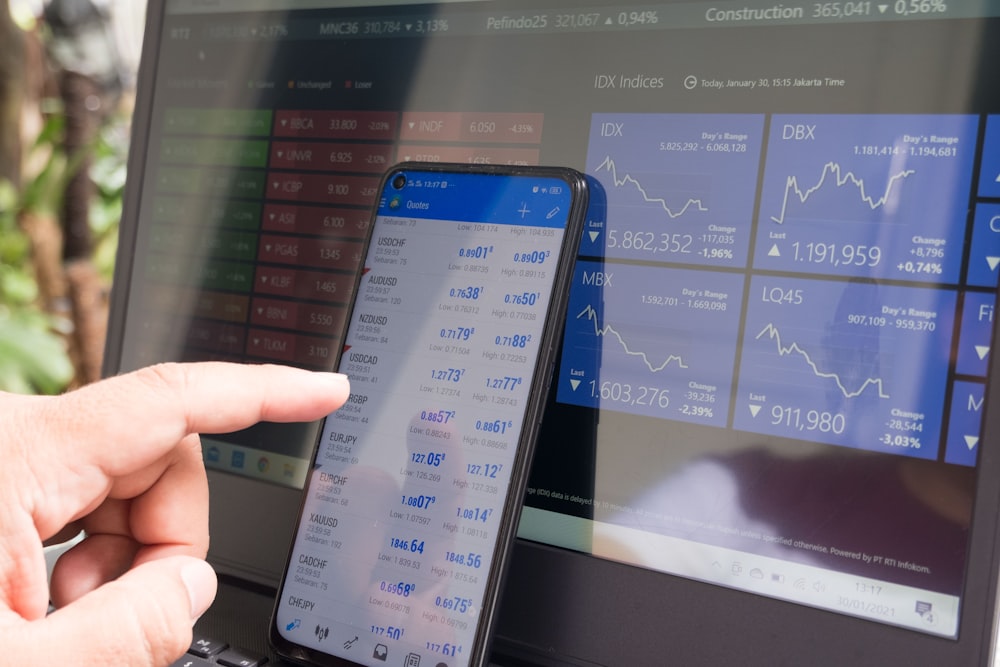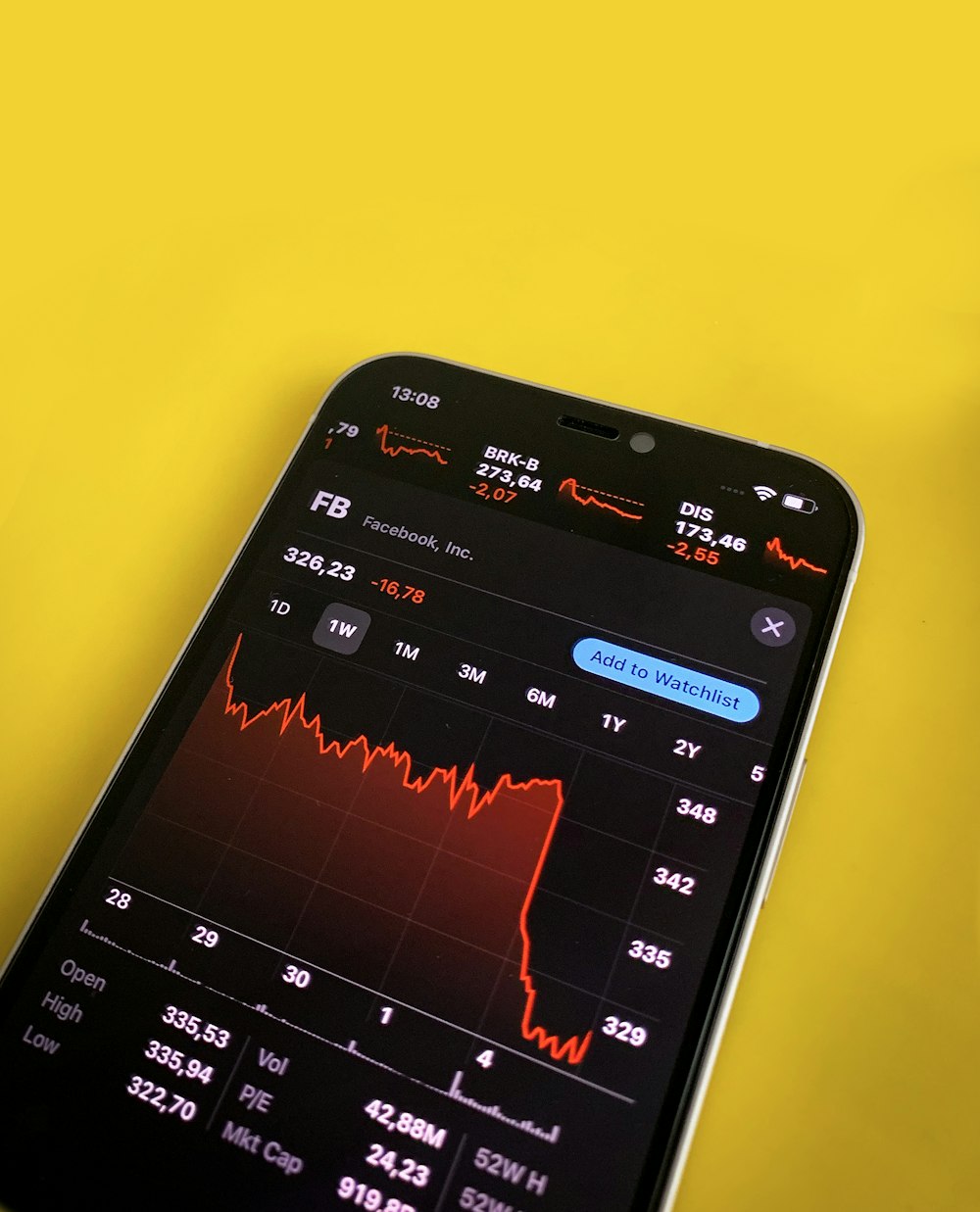Pros and Cons of Covered Call
For people who want to maximize the stock market, a covered call is one of the most straightforward and popular options-based strategies for investors who intend to pursue an income to enhance their returns. Selling covered calls is pretty basic, but you need to understand what covered calls are to develop a solid covered call strategy.
What is a covered call?
Before anything else, you must understand the meaning of covered calls. A covered call is a neutral to bullish strategy. During a covered call, a trader sells one out-of-the-money (OTM) or at-the-money (ATM) call option contract for every 100 shares of stock owned. At the same time, the trader collects the premium received and waits to see if that call expires or gets exercised. At some point, some traders will roll out the call before its expiration date.
How does one create a covered call? A trader must sell an OTM stock price against their own stock to generate income. If it expires, the trader will keep the stock and may sell another call in a further-out expiration. The trader can continue this strategy unless the stock prices exceed the call's strike price.
When this scenario happens, the trader can let the in-the-money (ITM) call be assigned and deliver long shares. Alternatively, they can buy the short call before the expiration date, potentially incurring a loss on that call, and keep the stock.
Why do people get into a covered call position, to begin with? There are two reasons why people get involved in covered calls. Most traders get involved in this to generate income from a stock position. However, some traders offset a portion of a stock's potential price drop.
A covered call is a kind of hedged strategy. The trader sells some of the stock's upside for a while. In turn, they would receive an option premium. Usually, selling covered calls would be a risky endeavor. This is because it exposes the seller to unlimited losses if the stock price soars. On the other hand, by owning the underlying stock, you can limit those potential losses and even generate income.
At the end of a call option expiration, two scenarios can happen:
- If the stock finishes above the call's strike price, the price at which the call goes in the money. After the call buyer buys that stock from you at the strike price. The call seller gets to keep the option premium.
- If the stock price drops, the call seller keeps the stock and the option premium. The call buyer's option expires worthless.
What are the advantages and disadvantages of covered calls?
Once you understand the relevance of underlying stock, strike price, and purchase price in a covered call strategy, you will find this endeavor very lucrative. However, as with any other investment strategy, there are downsides you should be aware of:
Advantages of covered calls explained

- You can generate income from a position. The most significant upside of using a covered call is the money you can gain from this strategy. A covered call can help you make money from a stock position that may or may not pay dividends. These factors increase the strategy's overall profit potential.
- There is a relatively low risk of you ending up losing money. Another advantage of getting involved in selling covered calls is that it's a relatively low-risk way to trade options. Why? You protect the short-call option with your stock position.
- A covered call is easy to set up. With this options strategy, you don't need to jump through hoops to get started. Investors need to buy the stock and only sell the call to gain profit.
- Covered calls hedge your risks. A covered call hedges your risk in a position by giving you some compensation. You may still make money in this endeavor if the stock price remains.
- It can be re-established again and again. If the call option expires worthless, you get to retain your shares of stock when you're involved in a covered call. Because you own the stocks in this investment strategy, you can try your luck again and again until you succeed and make some good money out of it. Even if your shares of stock are called from you, you can repurchase that stock and set up a covered call once again. You can sell the stock or keep it if you don't want to get involved in this endeavor, too.

- There is small, limited upside potential in exchange for the downside. With covered calls, you can earn a relatively small amount of income. At the same time, you also have to bear the risk of any downside from that stock. Thus, when you're involved in a covered call, there is a potential for you to incur lopsided returns.
- You may end up trading away all the stock's upside. One of the reasons why you invest in stocks regardless of their stock price, is their potential to rise over time. After all, you chose to invest a specified price in hopes that this amount would appreciate in the future. When you set up a covered call, you willingly trade this advantage until the option's expiration date. If the stock price rises again, you can potentially lose money that you could have earned.
- Your stock may get locked up until the option expiration. By selling covered calls, you may not the obligation to sell your stock until the option expires. On the other hand, you can repurchase the call option and then sell the stock. Since you own the stock to begin with, you have the freedom to do whatever you want with it.
- It requires more capital to set up a covered call. Not everyone has the means to invest in stocks. When you're involved in covered calls, you need to have the capacity to buy that stock. The entry barrier to covered calls calls for you to invest more cash than you would normally need in a pure options strategy.
- A covered call may create taxable income. Selling a successful covered call will generate taxable income in a taxable account. To add to this, if the underlying stock is called from you, you may end up creating further tax liability if you incurred capital gain from that particular stock.
When should you use a covered call?
Getting involved in covered calls makes sense in selected scenarios. These may include the following:
- You don't expect the stock price to move that much. As a trader, you wouldn't want the stock price to be highly volatile. It wouldn't be ideal for the price to rise beyond the option's strike price. That is until after the option expires. It would be best if the stock price doesn't lower too much as well. If the stock stays flat, you can still make money from your call option and not lose much in the entire process.
- You want to make money from a position. If you intend on taking advantage of the high price on option premiums, there is some potential is setting up a covered call and make some money along the way. In the end, you're creating a dividend from that particular stock.
- You're trading in a tax-advantaged account. If you're using covered calls, you pave the way to make money and risk having that stock paved away. Both scenarios create tax liabilities. Setting up a covered call may be attractive, and help you avoid or deter taxes on your gains.
When should you avoid a covered call?
There are scenarios wherein in may not be the smartest decision to get involved in a covered call. These instances include the following:
- You expect the stock price to increase in the near future. You make a relatively small amount of money when you're involved in a covered call. It would make perfect sense if willingly sacrifice these gains if it means you get to enjoy the upside of that particular stock.
- Your stock has severe downside. When you're involved in stocks, you would normally hope that its value would rise. However, you shouldn't expect a covered call to be lucrative in the long run if that stock is poised to drop significantly in the near or long run.
Can you lose money on a covered call?
Overall, getting involved in a covered call can be a great way for you to make money while opting not to sell your positions. While there may be potential for you to lose money as in the scenarios detailed above, this strategy is relatively low-risk. That means it might be a worthy endeavor if you have the capital to get involved in it.